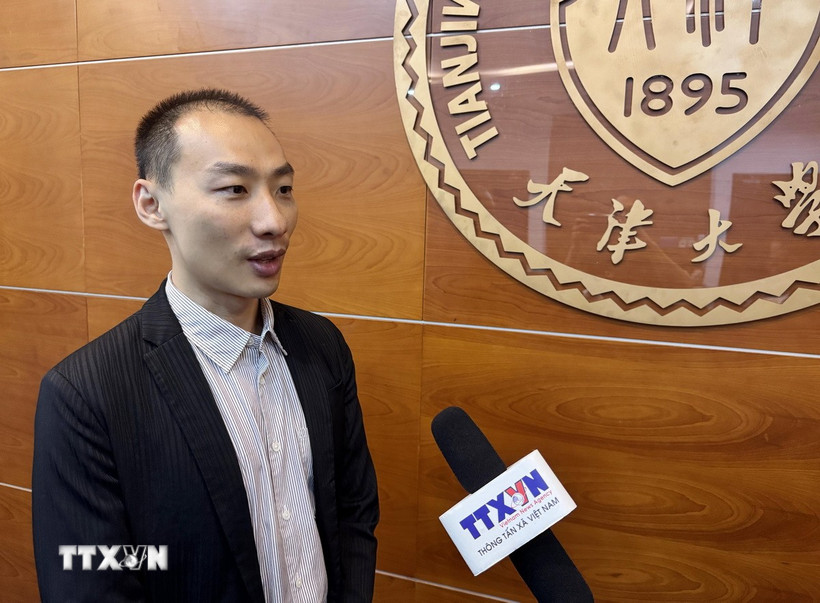
Associate Professor Li Junkai, Deputy Dean of the Department of Multilingual Education, Institute for Southern Hemisphere Studies, Tianjin University (China) gives an interview to VNA reporters in Beijing. (Photo: Cong Tuyen/VNA)
On July 1, Vietnam merged 63 provinces and centrally-run cities into 34 provinces and cities, and began implementing a two-level local administrative system.
Evaluating this model, Chinese scholars believe that Vietnam's strong reforms will bring benefits in the medium and long term.
In an interview with a VNA reporter in Beijing, Associate Professor Ly Tuan Khai, Deputy Head of the Department of Multilingual Education, Institute for Southern Hemisphere Studies, Tianjin University (China), said that the merger of provinces and cities and the abolition of district levels nationwide in Vietnam, promoted by constitutional amendments, is a structural reform that takes into account both administrative modernization and cost control.
This helps to centralize previously dispersed financial, human and approval resources to more powerful provincial governments; and through digital government platforms, directly bring district-level public services to communes and wards with the goal of striving to achieve both online and offline integration without disconnection.
Associate Professor Ly Tuan Khai cited the example of Vietnam's "cutting back" administrative surgery as similar to the idea of regional mergers and strengthening regional power in France in recent years; at the same time, it reflects the same practice as China of "abolishing districts to establish regions, merging communes and towns," however, Vietnam has abolished the entire district-level government system and established "regional representative offices," which not only avoids the appearance of a management vacuum, but also demonstrates the consensus and strong determination of the highest level for political reform.
Assessing the impact of strong reforms on Vietnam's future development, Associate Professor Ly Tuan Khai affirmed that in the future, the merged provinces and cities will have greater strength, more complete functions, and financial and investment decisions can be implemented more centrally. This will help Vietnam invest more resources in infrastructure, social security and the digital economy , instead of being "eroded" by the activities of government agencies.
In terms of industrial layout, the merger of provinces and cities in Northern and Central Vietnam will help unify the planning of seaports, railways, industrial zones, and enhance connectivity with the Southwest region of China and neighboring countries in the Indochina peninsula.
At the public service level, if the “one province, one cloud” government platform operates smoothly, data such as citizen identification cards, health insurance, land books, etc. can be shared between provinces, shortening the administrative procedure chain for people.
Chinese scholars assert that as long as supportive policies are maintained, from the economic scale brought by the annexation of French regions and the urban economic vitality brought by the conversion of Chinese counties into zones, Vietnam's vigorous reform is also expected to bring similar benefits in the medium and long term.
Regarding Vietnam's future development prospects, Associate Professor Ly Tuan Khai said that in recent years, Vietnam has shown strong growth momentum in export manufacturing, digital industry and green energy.
If this administrative simplification is successfully implemented, it will help reduce institutional transaction costs, create a clearer provincial investment attraction window for domestic and foreign capital, and create a more favorable institutional environment for Southern Hemisphere partners to cooperate with Vietnam in the fields of new energy, smart agriculture, and digital ports.
According to Mr. Ly Tuan Khai, in the process of implementing reforms, Vietnam needs to fully listen to the voices and aspirations of the people, balance the development opportunities of big cities and communes and wards, integrate local identities into regional strategies like France and narrow the urban-rural gap through "digital government" like China...
In this way, Vietnam can not only consolidate its rapid growth momentum, but is also expected to provide a governance model that combines “reducing structural burdens and ensuring digitalization” for low- and middle-income countries, and play a more important role in the overall development of developing countries./.
(Vietnam+)
Source: https://www.vietnamplus.vn/chinh-quyen-dia-phuong-2-cap-nhung-loi-ich-trung-va-dai-han-doi-voi-viet-nam-post1048317.vnp



![[Photo] Hanoi is ready to serve the occasion of the 80th National Day Celebration on September 2nd](https://vphoto.vietnam.vn/thumb/1200x675/vietnam/resource/IMAGE/2025/8/29/c838ac82931a4ab9ba58119b5e2c5ffe)





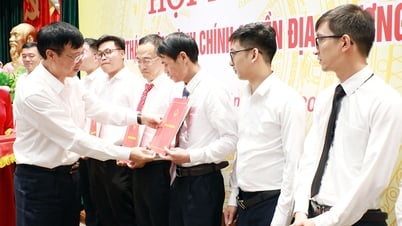





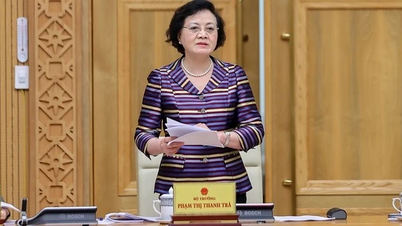

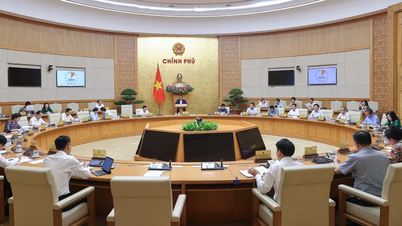

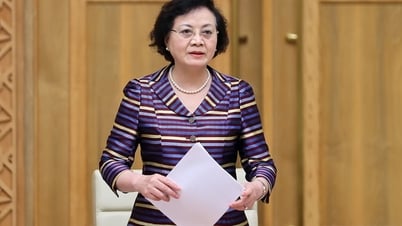







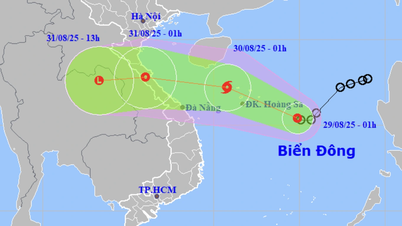















![[Photo] Prime Minister Pham Minh Chinh meets with Speaker of the New Zealand Parliament Gerry Brownlee](https://vphoto.vietnam.vn/thumb/1200x675/vietnam/resource/IMAGE/2025/8/28/cec2630220ec49efbb04030e664995db)



























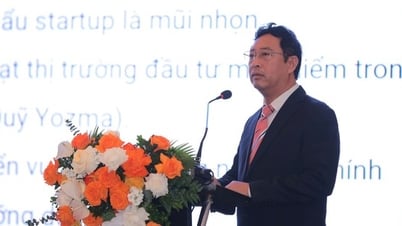

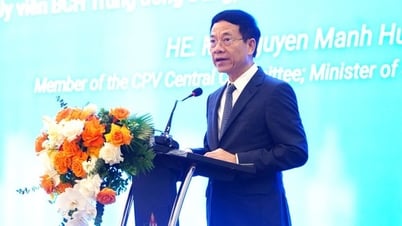













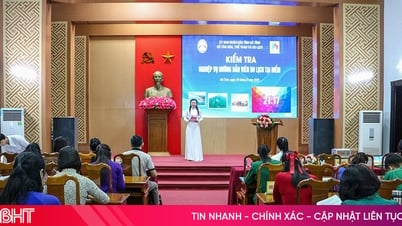













Comment (0)